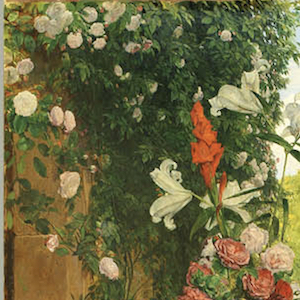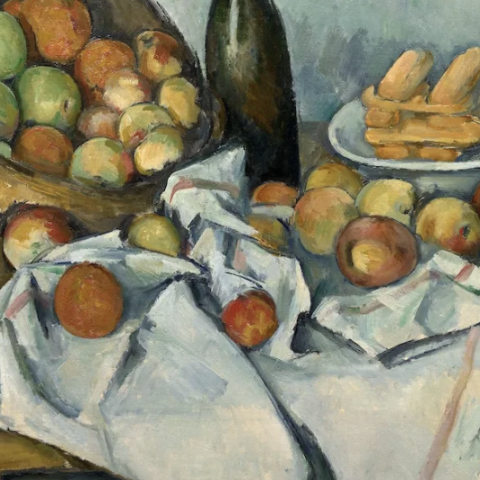Graphic Insight
By Indi Stilling
Neither a comic book nor a piece of literature, the graphic novel stands on its own as a form of both entertainment and education. Evolved from the comic book, graphic novels have been gaining popularity since the 1970s. So how can you tell them apart? Why have they grown in popularity in the last few years? These crafted magazines have gone from cult to classics in less than 50 years, and are a vital force in their own category, explore this and more in Graphic Insight Here
Whilst a comic book is defined as a magazine that displays a serialised story in the form of a comic strip, a graphic novel uses that same comic strip format but to tell the whole narrative in one book. Instead of waiting every week for the next instalment of the story, you can get the complete illustrated story all at once. These illustrated narratives which were reserved for satires and superheroes can now be found in any genre.
There may be debates as to where the graphic novel originates, but most argue that the first was Will Eisner’s ‘A Contract with God and Other Tenement Stories’ published in 1978. This novel was adult in its themes, images, and language by telling the story of poor Jewish characters who live in a tenement in New York City. Told through four interweaving stories, it planted the seed for the idea that comic books could be a more complex literary form.
Some of the most significant titles published during this period were Maus by Art Spiegelman which depicted an interview with his father about his experiences as a Polish Jewish Holocaust survivor. Also, Watchmen, a hero and villain story originally published monthly by DC Comics but then collated into a single-volume edition in 1987. They helped to popularise the format further.
So, are graphic novels just comic books but addressing more serious and adult topics? It would seem so during this time.
As different genres were explored within these illustrated narratives, it was clear that a more professional term was needed. The term ‘comic’ meaning to cause laughter, just did not fit anymore with the adult themes being written and drawn about. By giving them a different name, it separated them from their associations with the youth. As more were published and its recognition grew, it became a new thing entirely, separate from the comic books which it had grown from.
Comic books had and still do have a reputation for being juvenile, most notably featuring superheroes saving the planet from supervillains wanting to destroy the Earth. But the origin of the comic book is very different from that, in fact, they evolved out of the comic strips which started appearing in newspapers in 1896. It started with The Yellow Kid by Richard Felton Outcault appearing in Joseph Pulitzer’s New York World. These short humorous panels were seen by newspaper readers every day.
You could argue that the graphic novel has come full circle. Being targeted at adults at the beginning with short newspaper panels, then moving on to the youths with superhero comics and now going back to being for older people with their adult themes. Even the term ‘graphic novel’ suggests something more professional and less comedic.
Since its beginnings, it has continued to gain popularity, especially in the last few years. For this, we can partly thank the pandemic. As the world came to a halt, people turned to different forms of entertainment. Reading became a wonderful way to fill free time of which there was suddenly an abundance. Thanks to their bold visuals and less text they became an easy and popular form of entertainment.
Also, they are much easier to consume than a traditional 600-page novel with no visuals. In this age of technology and our reliance on it, it means that consequently, our attention spans have shortened. Thankfully, the graphic novel serves this perfectly as their combination of text and visuals makes them more attention-grabbing and easier to read.
Before, people may have shied away from reading a lengthy classic novel, but now they can see and understand it in a simpler way using illustrations. Instead of having to picture everything in your head, the graphic novel does all the hard work for you.
Books play such a vital part in our lives, and some may argue that graphic novels are even more so. They have provided an alternative to a traditional novel due to their accessibility.
Reading books from an early age helps to open eyes and minds to a world of imagination. They help to improve writing, speaking and communication skills. Life lessons are learnt, and knowledge is built all from reading. Yet graphic novels do all this and more.
Due to their faster pace, they can help to hold our attention for longer and make us use our brains in deciphering the interaction between the text and visuals. They also can help to build up vocabulary knowledge. Despite there being fewer words on the page, the ones that are there have been chosen for maximum impact.

In many ways too they are more accessible than a normal novel. For example, they can be beneficial for those who are neurodivergent. Those who struggle with reading emotions can benefit from the inclusion of illustrations as it allows them to see the facial expressions of the characters alongside what they are saying to help better understand the character’s feelings. Also, if people become stuck on any words or phrases then the illustrations are there as visual clues to help aid them through the story.
Graphic novels help to open the world of literature to people who may be unable to get through a written novel or even for those who do not have the time to do so. The adaptation of lengthy books into short, illustrated works helps to increase their reach to audiences who have overlooked them before. It provides people with opportunities to read more and from a wider variety of genres.
Anyone can reap the benefits of graphic novels which is why they will continue to be an integral part of our life for both leisure and learning. Many of us can learn any subject through the wide range of nonfiction graphic novels available.
Prestel is a leading independent publisher of books on art history, architecture, design, photography, fashion and children’s books. Last month they published two graphic biographies: His Name is Banksy by Francesco Matteuzzi and Marco Maraggi, and Keith Haring: The Story of His Life by Paolo Parisi.

Famously, no one knows the true-life story of Banksy so instead journalist and screenwriter, Francesco Matteuzzi has chosen to show the reader the only information that is known about the street artist. This compelling graphic biography is illustrated by Marco Maraggi, a cartoonist with a passion for rock ‘n’ roll art and street art. You can see how these interests have been combined to create the expressive work for the book, and the use of dark colours to match Banksy’s style.
The story follows two young Londoners who are caught spray painting graffiti on a city wall, and once they get to know each other decide to make a film of Banksy’s life. As they go through this journey together through the streets of London, the readers get to learn more about his politically charged art and worldwide fame.

Whilst the book does not reveal the face behind the name, it instead communicated the artist’s belief that art is for everyone, speaks to everyone and is owned by everyone.

Using a bold colour palette, Italian illustrator and cartoonist Paolo Parisi presents an eye-opening graphic biography telling the fascinating life story of the artist, activist and humanitarian Keith Haring. This displays not just his life and friendships but also key cultural reference points about world events of the time that influenced his life including the fall of the Berlin Wall and the escalation of the nuclear arms race.

From his childhood spent drawing up to his tragic death, readers can learn about every stage of his life, the incredible achievements and opportunities and his commitment to his work. Towards the end of his life, the artist battled with AIDS shown in this book alongside his advocacy for education and research on the topic.
Haring, animated imagery became a widely recognized visual language and was a much-loved figure in the 1980s art scene in New York and was friends with numerous artists and general glitterati of the scene of the times including the likes of befriended Jean-Michel Basquiat, Madonna Andy Warhol Grace Jones Yoko Ono and many more

Illustrated using a colour palette of just three colours outlined in black lines, it both mimics and celebrates the work of this extraordinary artist. As well as learning about his life, readers will be able to read the artist’s own reflections.
For more information on the books and links to purchase, you can visit the Prestel website here (for His Name is Banksy) and here (for Keith Haring: The Story of His Life).
If you enjoyed this piece then be sure to check out Stories of the Streets
.Cent Magazine London, Be Inspired; Get Involved





